The opinions expressed by contributors are their own and do not necessarily represent the views of RedState.com.
In the opening scene of the movie Hidden Figures, young Katherine Coleman counts as she walks, and discovers and names the geometric shapes in a stained glass window as she waits in a hall for her parents. This scene always captures me. It brings back memories of how I related to words. They were magical and alive, and as my mother drove by billboards and signage, I would read them or spell the words aloud.
Annoyed the heck out of my sisters, but I didn’t care.
Katherine Coleman’s parents recognized their special child needed challenges and opportunities to grow into the potential of Katherine Johnson. My mother thought the same, even though I couldn’t appreciate it until I was older (what child does?). There were choices she made concerning my primary and secondary school education that ultimately changed the trajectory of my life and mined my potential. While I haven’t been responsible for the execution and success of multiple space missions, I’ve been a part of projects and work that has served a higher purpose and made a difference in the world. Johnson didn’t become a part of NASA for prestige or recognition; she enjoyed the collaboration and the work. From that launch point, Johnson became a part of something bigger and accomplished incredible exploits. She understood that all work is honorable, and there is no such thing as wasted work.
I can barely spell “Isosceles Triangle,” let alone know what one is; but I can do work that is honorable.
“All jobs are important to somebody. They had to be important to somebody. My theory is, do the best you can all the time. No fooling around.”
There are several Solomonic variations on her quote that come to mind.
“There is profit in all labor, but mere talk leads only to poverty.”
And,
“Whatever you do, do well. For when you go to the grave, there will be no work or planning or knowledge or wisdom.”
Unlike the typical figures promoted during Black History Month, it is the “Hidden Figures,” like Katherine Johnson whom the average person can glean from and relate to. Doing your best every day with what you have in your head and your hands prepares you for bigger things and equips you to meet the moments that matter.
Katherine Goble Johnson was born Katherine Coleman on August 26, 1918, in White Sulphur Springs, West Virginia. Johnson was exceptionally smart, completing the eighth grade at the age of 10. Her father Joshua drove her 120 miles to the city of Institute, WV so she could attend high school. After high school, Johnson attended West Virginia State College—now West Virginia State University—and found her mentor in Dr. William W. Schieffelin Claytor. Claytor was only the third Black to earn a Ph.D. in mathematics, and he recognized the genius in Katherine Coleman and was determined to prepare her to become a research mathematician. At 18, the age most people are starting college, Johnson graduated summa cum laude with degrees in mathematics and French. More than 20 years before the Little Rock 9 integrated Little Rock Central High School, Johnson was one of three Black students to desegregate the graduate school at West Virginia University. Johnson decided the program was not for her, and did not complete it. She chose to teach French and mathematics at elementary and high schools in WV and Virginia, and to marry and have a family.
But it was Johnson’s decision to apply to NACA (the original entity before “NASA”) that was the launch point to bigger things, although she did not know it at the time.
In 1952, Johnson learned that the National Advisory Committee for Aeronautics (NACA) was hiring African American women to serve as “computers;” namely, people who performed and checked calculations for technological developments. Johnson applied, and the following year she was accepted for a position at Langley Research Center in Hampton, Virginia.
Johnson not only proved adept at her calculations, she displayed a curiosity and assertiveness that caught her superiors by surprise. “The women did what they were told to do,” she recalled. “They didn’t ask questions or take the task any further. I asked questions; I wanted to know why.”
After only two weeks, Johnson was transferred from the African American computing pool to Langley’s flight research division, where she talked her way into meetings and earned additional responsibilities. She achieved success despite difficulties at home: In 1956, her husband died of a brain tumor.
The movie Hidden Figures tells the story of Johnson and her colleagues Dorothy Vaughn and Mary Jackson in the midst of NASA’s inaugural Space program and the Friendship 7 mission. Interestingly, the actress who plays Johnson in the film, Taraji P. Henson, is a relative of pioneer and explorer Matthew Henson and abolitionist Josiah Henson.
She calculated the trajectory for Alan Shepard, the first American in space. Even after NASA began using electronic computers, John Glenn requested that she personally recheck the calculations made by the new electronic computers before his flight aboard Friendship 7 – the mission on which he became the first American to orbit the Earth. She continued to work at NASA until 1986, combining her math talent with electronic computer skills. Her calculations proved critical to the success of the Apollo Moon landing program and the start of the Space Shuttle program.
A movie, two books, and all the biographies really do not do her life, or the lives of Dorothy Vaughn and Mary Jackson, justice. Johnson is also the co-author of 26 scientific papers, she received NASA’s Lunar Spacecraft and Operations Group Achievement Award and NASA’s Apollo Group Achievement Award, and in 2015, Johnson was awarded the Presidential Medal of Freedom.
Johnson packed a lifetime of service and phenomenal accomplishments into a 33-year career with NASA, while living life, raising a family, and simply enjoying the work with which she was tasked.
“The main thing I liked what I was doing, I liked work. I liked the stars and stories we were telling, and it was a joy to contribute to the literature work that was going to be coming out. But little did I think it would go this far.”
And I love it too. I paint stories with words rather than numbers, and that is my joy—my contribution to the world. Johnson’s seemingly quiet accomplishments blazed a wide-open trail for the entire world, because world-changing accomplishment transcends race, color, creed, nationality, or religion.
A wonderful interview with Johnson where she gets to tell you her story. The interview is 22 minutes and well worth the time.
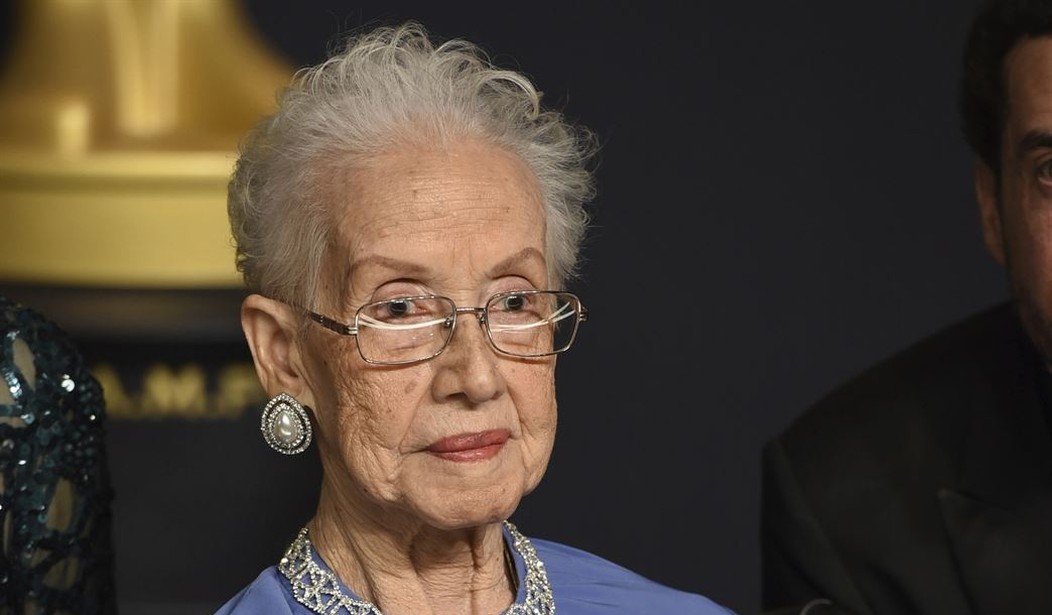
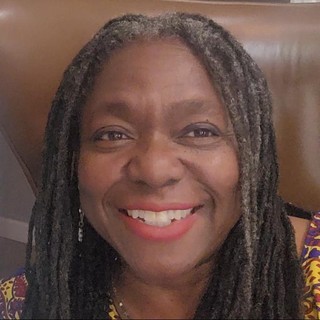
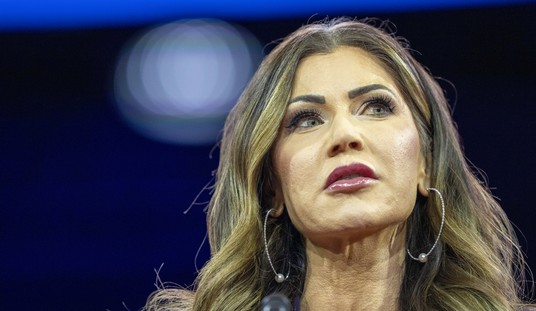
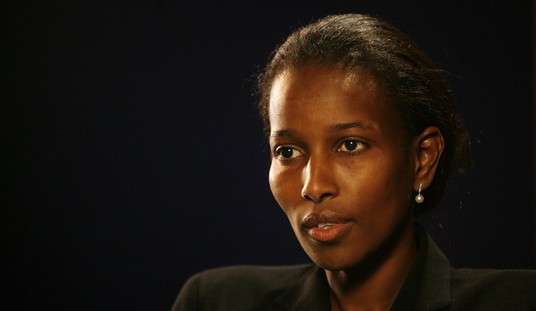


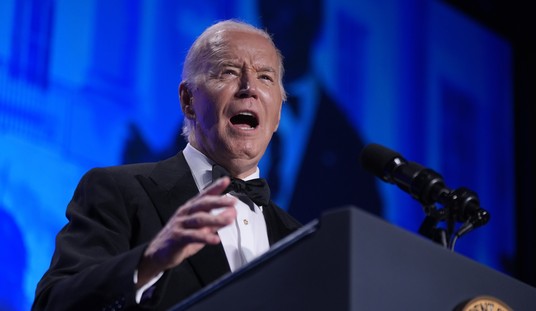





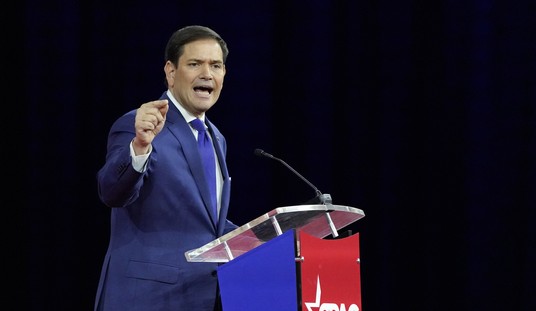
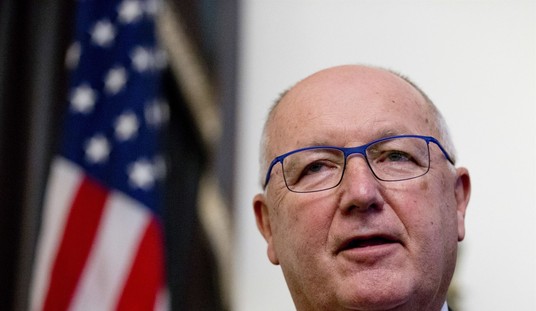
Join the conversation as a VIP Member